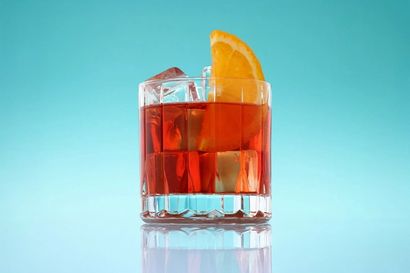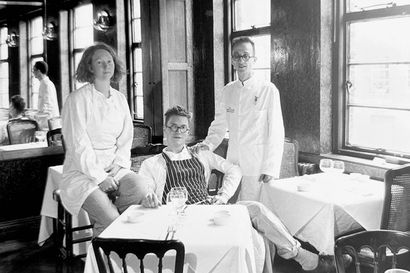A beginner’s guide to Irish whiskey (and the very best to buy for St. Patrick’s Day)
Step away from the Guinness. There's only one drink you should be sipping this Sunday…
As St. Patrick’s Day approaches, and the ever-swelling (and swilling) Irish contingent asserts its usual dominance at the Cheltenham Festival, many English racegoers will likely assume a stance of ‘if you can’t beat ‘em, join ‘em!’ The success of Irish-trained horses at the four-day meeting has been the toast of shrewd punters in recent years, and though a pint or two of the black stuff is the traditional means of celebration, we feel the Gentleman’s Journal reader should aspire to something a touch more refined. No, not Baileys: Irish whiskey.
Whiskey from across the Irish Sea has enjoyed a resurgence of late, not least at the top end of the market. But, before we explore some of the forces behind this revival, what exactly is Irish whiskey and how does it differ from Scotch?
There are two integral differences, one of which is hopefully so obvious as to not require further explanation. The second – due to a historical quirk – is that, unlike its Scottish cousin, Irish whiskey is spelt with an ‘e’ (the Americans, who took their cue from Irish immigrants in the 19th century, followed suit when they began distilling, whereas most other global whiskies have been inspired by Scotch, adopting the shorter spelling).
Of more note is the inherent stylistic divergence between the pair, which is largely down to two key differences in the spirits’ make-up. Whereas Scotch whisky is made entirely from malted barley, Irish whiskey harnesses a combination of malted and unmalted barley. The style came about as a way to avoid a tax, which was introduced in 1785, on malted barley. Canny Irish distillers realised that by introducing unmalted barley to the mash bill, they could circumvent the tax – and, at the same time, they created a new category of whiskey.
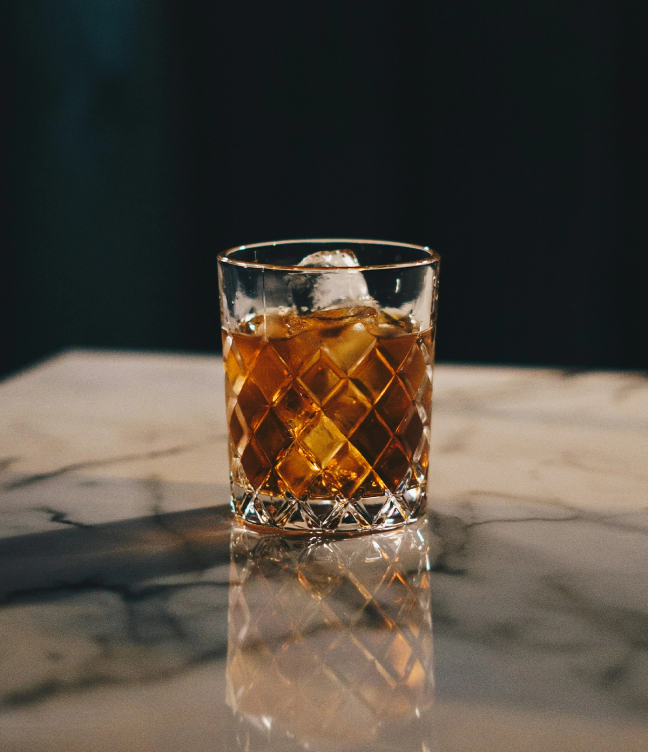
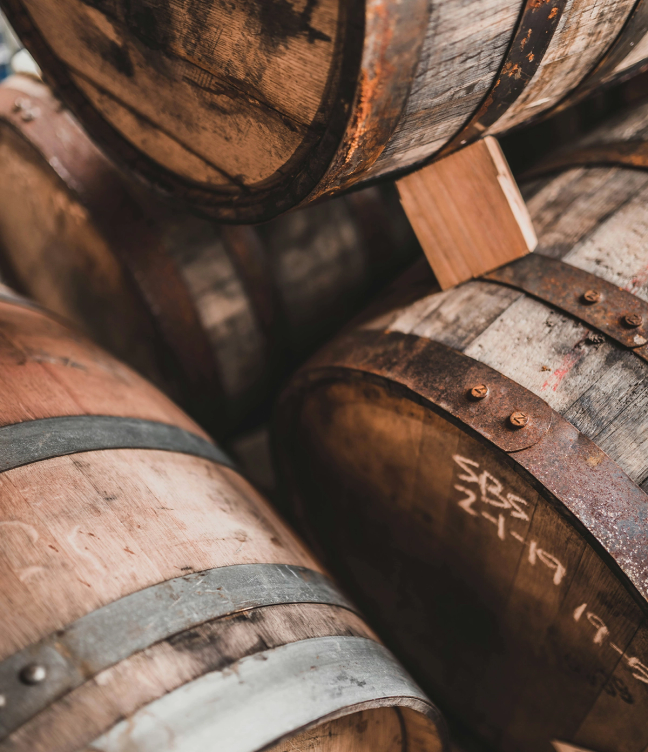
The other nuance sees Scotch generally double distilled, while the finest Irish examples employ triple distillation (though it’s worth noting that neither approach is set in stone by any regulations – distillers are free to distill as many times as they like). This third distillation generally yields an additional layer of smoothness and approachability (creamy, vanilla-tinged flavours are not uncommon) while bringing out a spiciness and fruitiness that isn’t always evident in double distillation.
The best-known Irish whiskeys are all triple distilled, and known as single pot still whiskeys, a style that is particular to the Emerald Isle, and can call upon a proud history. It was in the 1800s that whiskey-making here evolved from a pursuit of rural farmers into a serious urban business. But, whereas Scotland had, by the end of the 19th century, established a network of over 100 small, often remote distilleries, Ireland was dominated by four huge Dublin-based producers.
Smaller players, encouraged by such success, did eventually follow suit, but the myriad economic, military and political turmoil of the first half of the 20th century saw a drop in sales (and a huge oversupply), leading to the closure, by 1960, of 26 of the country’s then 30 distilleries.
Once again, the island of Ireland was left with just a quartet of producers: Bushmills, in Northern Ireland’s County Antrim; Jameson and Powers, in Dublin; and Cork Distilleries Company, in the south. When this latter trio merged, in 1966, to form Irish Distillers and consolidate production at a new distillery, in Midleton, County Cork, that figure was reduced to two.
By the end of the 1980s, this pair was responsible for annual global sales of less than $2.5m. By 2020, this figure rose to $132m. And though much of this has been driven by younger whiskeys from the likes of Jameson, which specialises in crafting the style for the blue-collared American demographic that makes up its main export market, Irish whiskey’s success created a demand for more premium offerings.
Sensing an opportunity, Jameson’s brand-owner, Irish Distiller, has, over the last 15 years, expanded its range of single pot still whiskeys, with a particular focus on that most traditional of brands, Redbreast. Today, as well as such staples as a 12-year-old and a 15-year-old, Redbreast produces a 21-year-old and a 27-year-old; a bottling matured in sherry casks from the famed Lustau bodega; various cask-strength renderings; single-cask bottlings (known as Dream Casks); and, most famously of all, the highly coveted and extravagantly aged Spot range.
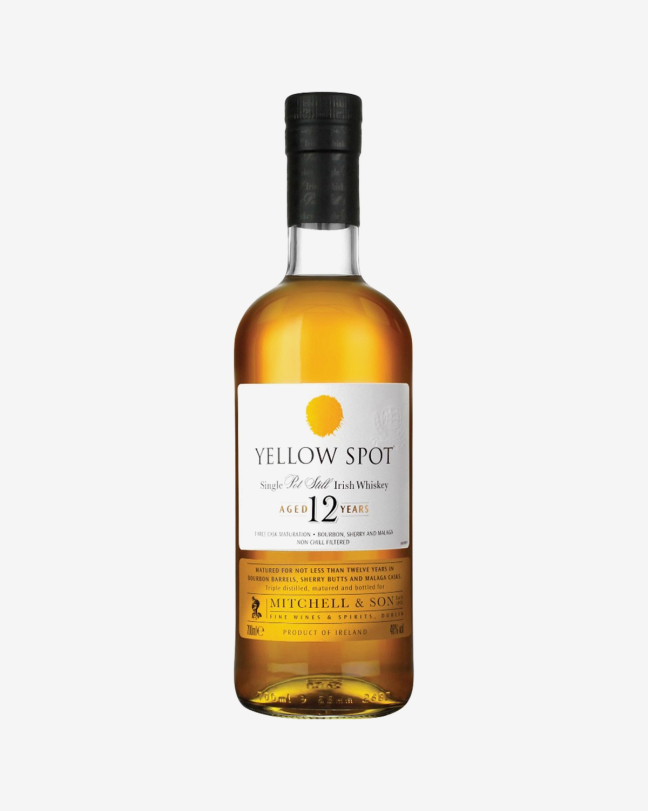
The Spot bottlings take their name from the colour of paint traditionally used to mark the different ages of maturing whiskey in their cask, from the seven-year-old Blue Spot to the 15-year-old Red Spot via the highly recommended 12-year-old Yellow Spot (drawn from ex-bourbon, Sherry and Málaga wine casks and showing a gorgeously rich, bread-and-butter-pudding character).
Most coveted is the Green Spot, usually matured in both ex-bourbon barrels and sherry butts, but recently subject to limited editions aged in barrels from Bordeaux’s Château Léoville Barton and Napa Valley’s equally renowned Chateau Montelena.
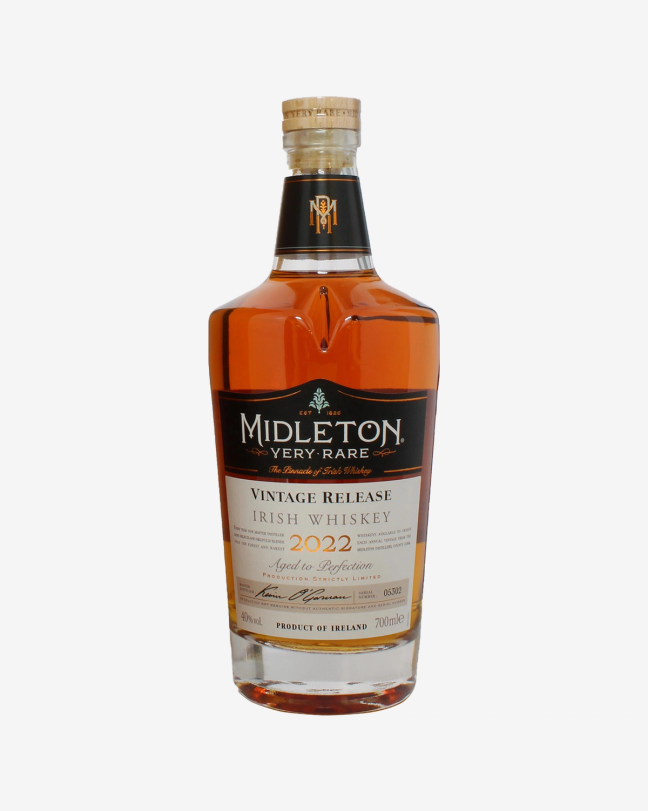
Other brands have climbed a similar path. Midleton Very Rare, which also draws heavily on the pot-still style, is now an annual limited-edition release (the crème-brulée-tinged, tropical-fruited 2002 is a fine high-end example).
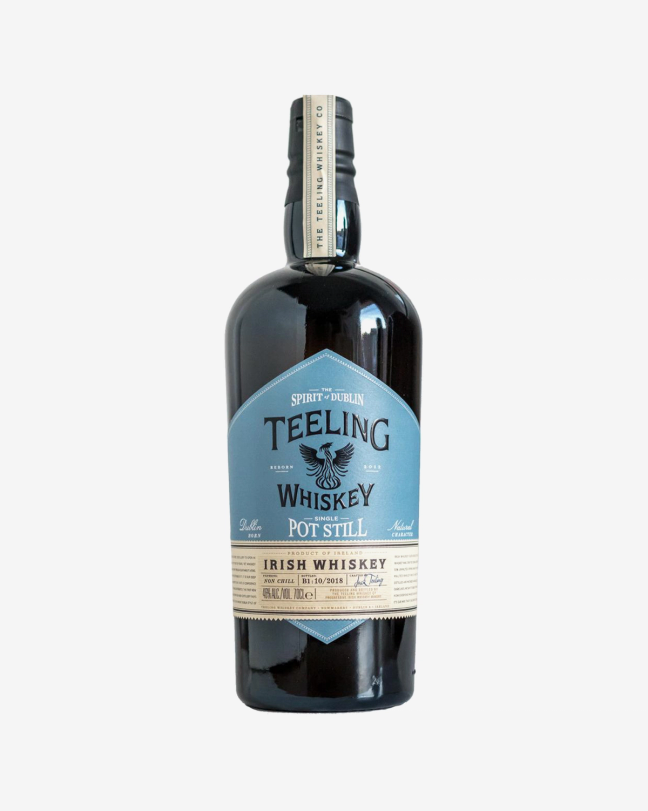
Teeling, which built its reputation bottling whiskey from other distilleries, opened its own operation in 2015, where its collection includes a 37-year-old single-malt priced at £7,500 (though its soft, smoky Single Pot Still offers a more accessible benchmark of the Irish style).
Bushmills, too – one of Irish whiskey’s most traditional names, with a history dating back to 1608 – has moved upmarket. For decades, it was known for its high-volume Black Bush blend, and a core range of 10-, 16- and 21-year-old single malts. Recently, however, it has delved into its cellars to fashion the upscale Causeway Collection, the latest of which is a 1991 vintage matured in former Madeira casks and priced at £695.
Even Jameson itself has released a limited-edition single pot still whiskey, via a 15-year-old bottling (€300 for 50cl). More will surely follow.
Just a decade ago, Ireland had a mere three distilleries. Now, there are more than 30 and counting. According to one analysis, if such growth continues, the value of Irish-whiskey sales will match that of Scotch by 2030.
Whether the top-end releases from Redbreast, Midleton, et al. will ever fetch the astronomical prices we’ve come to see for the likes of The Macallan is another matter. But, as any Cheltenham racegoer will tell you this week, it pays not to bet against the Irish.
Want more drink content? Read our brief guide to wine trends over the decades…

Become a Gentleman’s Journal Member?
Like the Gentleman’s Journal? Why not join the Clubhouse, a special kind of private club where members receive offers and experiences from hand-picked, premium brands. You will also receive invites to exclusive events, the quarterly print magazine delivered directly to your door and your own membership card.

